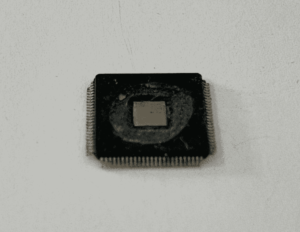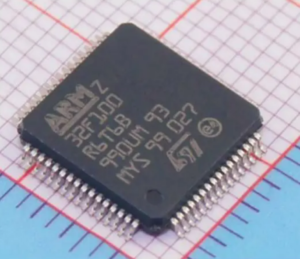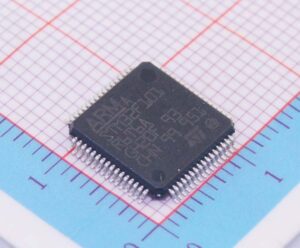Copy ARM Microcontroller STM32F100R6 Flash Program from secured memory after breaking mcu stm32f100r6’s protective system and clone arm mcu stm32f100r6’s source code from original MCU;

VDD = 2.0 to 3.6 V: External power supply for I/Os and the internal regulator. Provided externally through VDD
VSSA, VDDA = 0 to 3.6 V: External analog power supplies for ADC, Reset blocks, RCs and PLL (minimum voltage to be applied to VDDA is 2.4 V when the ADC is used). VDDA and VSSA must be connected to VDD and VSS, respectively to execution.

VBAT = 1.8 to 3.6 V: Power supply for RTC, external clock 32 kHz oscillator and backup registers (through power switch) when VDD is not present.
The device has an integrated power on reset (POR)/power down reset (PDR) circuitry. It is always active, and ensures proper operation starting from/down to 2 V. The device remains in reset mode when VDD is below a specified threshold, VPOR/PDR, without the need for an external reset circuit.
The device features an embedded programmable voltage detector (PVD) that monitors the VDD/VDDA power supply and compares it to the VPVD threshold. An interrupt can be generated when VDD/VDDA drops below the VPVD threshold and/or when VDD/VDDA is higher than the VPVD threshold for the purpose of Copy ARM MCU STMicroelectronics STM32F107RCT6. The interrupt service routine can then generate a warning message and/or put the MCU into a safe state. The PVD is enabled by software.

The regulator has three operation modes: main (MR), low power (LPR) and power down.
- l MR is used in the nominal regulation mode (Run)
- l LPR is used in the Stop mode
- l Power down is used in Standby mode: the regulator output is in high impedance: the kernel circuitry is powered down, inducing zero consumption (but the contents of the registers and SRAM are lost)
This regulator is always enabled after reset to stm32f100c8 flash memory file readout processing. It is disabled in Standby mode, providing high impedance output.

